- عنوان کتاب: Hands-On Accelerator Physics Using MATLAB
- نویسنده: Volker Ziemann
- حوزه: مبانی فیزیک
- سال انتشار: 2025
- تعداد صفحه: 416
- زبان اصلی: انگلیسی
- نوع فایل: pdf
- حجم فایل: 12.1 مگابایت
فیزیک شتاب دهنده دستی با استفاده از MATLAB•، ویرایش دوم، مقدمه ای گسترده در فیزیک و فن آوری شتاب دهنده های ذرات از منابع نور سنکروترون تا برخورد دهنده های پرانرژی ارائه می دهد. طراحی پرتوهای نوری، آهنرباها و سیستمهای فرکانس رادیویی را پوشش میدهد و به دنبال آن بحثی در مورد ابزار دقیق و الگوریتمهای اصلاح پرتو میپردازد. فصلهای بعدی به تعامل پرتوها با اهداف، انتشار تشعشعات سنکروترون و محدودیتهای شدت میپردازند. فصلهایی که در مورد دویدن و شتابدهندههای آینده بحث میکنند، ارائه را کامل میکنند. مفاهیم نظری و طراحی اجزای کلیدی با کمک کد متلب توضیح داده شده است. موضوعات عملی، مانند اندازهگیری اندازه پرتو، ساخت و اندازهگیری آهنربا، و اندازهگیریهای فرکانس رادیویی در آزمایشگاههای دانشجویی که نیازی به دسترسی به شتابدهنده ندارند، بررسی میشوند. این رویکرد منحصربهفرد نگاهی به آنچه «زیر سرپوش» در شتابدهندههای مدرن میگذرد را ارائه میدهد و ابزارهایی را برای انجام تحقیقات مستقل خود در رایانه یا آزمایشگاههای دانشجویی به خوانندگان ارائه میدهد. این کتاب مورد توجه دانشجویان فارغ التحصیل، محققین فوق لیسانس که در رشته فیزیک شتابدهنده مطالعه می کنند و همچنین مهندسانی که وارد این رشته می شوند، خواهد بود. نسخه دوم دارای فصل جدیدی در مورد شتاب دهنده های آینده و چندین بخش جدید در مورد قطبش، پرتوهای نوترینو، آزمایش حفره های ابررسانا، و تطبیق در فضای فاز طولی و غیره است. کد متلب برای سازگاری با نسخه اخیر R2024a به روز شد. همه کدها از سایت GitHub کتاب در https://github.com/volkziem/HandsOnAccelerators2nd در دسترس هستند.
ویژگی های کلیدی:
• مقدمه ای گسترده در فیزیک شتاب دهنده های ذرات از منابع نور سنکروترون تا برخورد دهنده های پرانرژی را ارائه می دهد.
• در مورد زیرسیستم های فنی، از جمله آهنربا، مهندسی فرکانس رادیویی، ابزار دقیق و تشخیص، تصحیح عیوب، کنترل، خلاء، و برودتی بحث می کند.
• مفاهیم کلیدی را با کد نمونه در متلب نشان می دهد.
Hands-On Accelerator Physics Using MATLAB•, Second Edition, provides a broad introduction into the physics and the technology of particle accelerators from synchrotron light sources to high-energy colliders. It covers the design of beam optics, magnets, and radio-frequency systems, followed by a discussion of beam instrumentation and correction algorithms. Later chapters deal with the interaction of beams with targets, the emission of synchrotron radiation, and intensity limitations. Chapters discussing running and future accelerators round up the presentation. Theoretical concepts and the design of key components are explained with the help of MATLAB code. Practical topics, such as beam size measurements, magnet construction and measurements, and radio-frequency measurements are explored in student labs that do not require access to an accelerator. This unique approach provides a look at what goes on “under the hood” inside modern accelerators and presents readers with the tools to perform their independent investigations on the computer or in student labs. This book will be of interest to graduate students, post-graduate researchers studying accelerator physics, as well as engineers entering the field. The second edition features a new chapter on future accelerators and several new sections on polarization, neutrino beams, testing of superconducting cavities, and matching in longitudinal phase space, among others. The MATLAB code was updated to be consistent with the recent release of R2024a. All code is available from the book’s GitHub site at https://github.com/volkziem/HandsOnAccelerators2nd.
Key features:
• Provides a broad introduction into physics of particle accelerators from synchrotron light sources to high-energy colliders.
• Discusses technical subsystems, including magnets, radio-frequency engineering, instrumentation and diagnostics, correction of imperfections, control, vacuum, and cryogenics.
• Illustrates key concepts with sample code in MATLAB.
این کتاب را میتوانید از لینک زیر بصورت رایگان دانلود کنید:
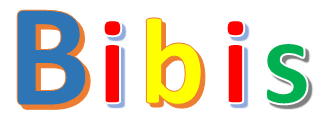





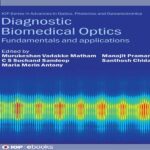








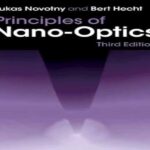





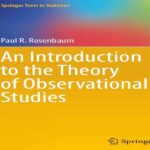
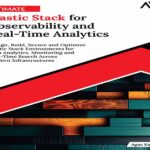
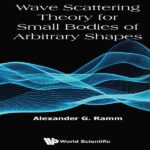










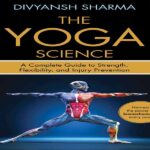
نظرات کاربران